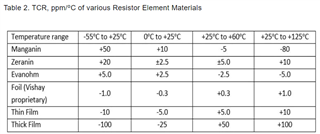Other Parts Discussed in Thread: AMC1304M05
Hello
We use the AMC1304 to measure current in Brusless motor phase. (Like preconised into IDDK)
We used it with success up to 25A with a Shunt resistor of 0.01Ohm.
Now we want increase our calibre and then increase the measurable current.
Is acceptable to use a shunt resistor of 0.002Ohm then measure up to 125A?
What is your opinion?
Regards


